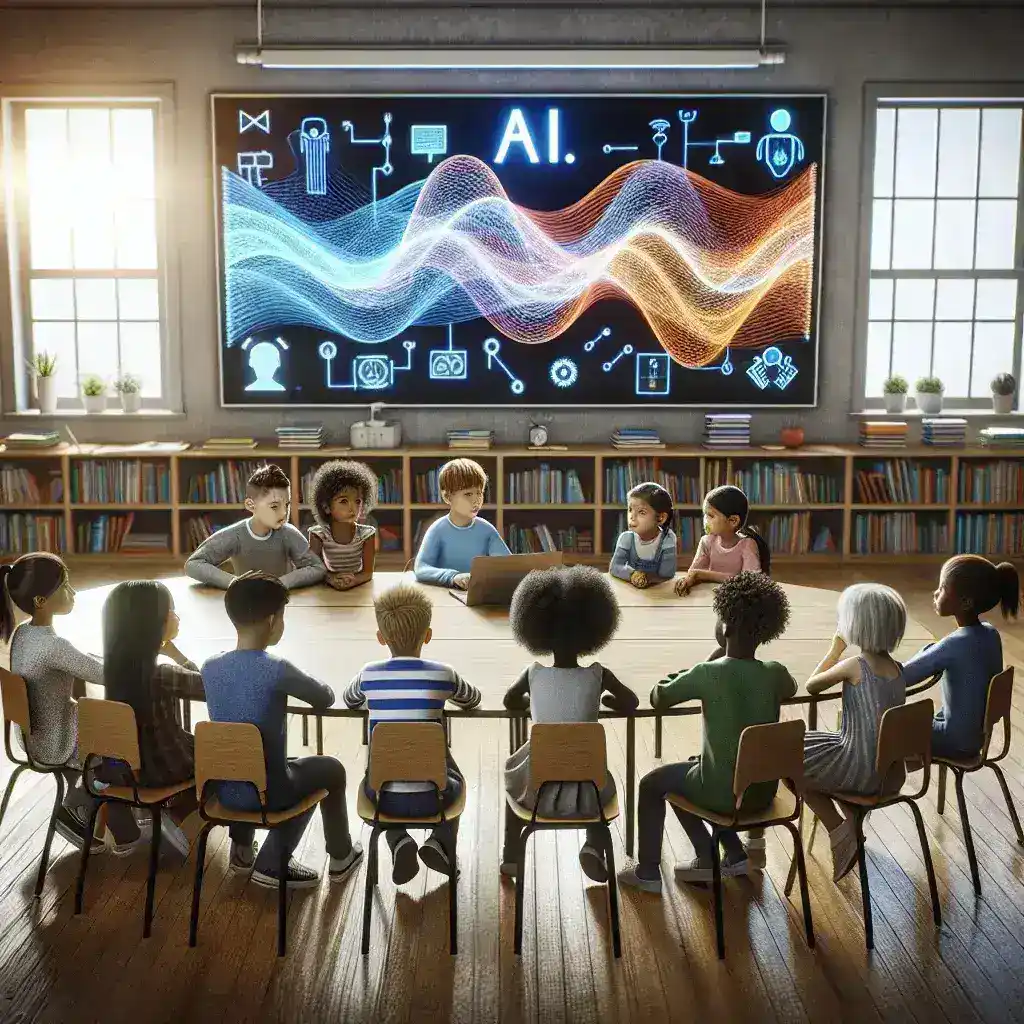Introduction
In the evolving landscape of education, technology continues to play a pivotal role in shaping how students and educators interact. One of the most innovative applications of this technology is the testing of AI-powered group collaboration boards by Zoom in U.S. classrooms. These boards are designed to enhance collaborative learning experiences, making classroom interactions more dynamic and engaging.
The Rise of AI in Education
Artificial Intelligence (AI) has made significant inroads into various sectors, and education is no exception. With its ability to process vast amounts of data, AI offers personalized learning experiences, automates administrative tasks, and now, facilitates collaborative group work. As classrooms become increasingly digital, the integration of AI technologies is essential to meet the needs of today’s learners.
What are AI-Powered Group Collaboration Boards?
AI-powered group collaboration boards are interactive displays that allow students to work together on projects in real-time, regardless of their physical location. By leveraging Zoom’s existing video conferencing capabilities, these boards create an immersive environment for collaborative learning. Students can share ideas, brainstorm, and contribute to group tasks seamlessly.
Key Features
- Real-Time Collaboration: Students can work together in real-time, enabling spontaneous brainstorming sessions and dynamic discussions.
- AI Assistance: The boards utilize AI to suggest resources, provide feedback, and help organize thoughts, enhancing the overall learning experience.
- Integration with Learning Management Systems: These boards can easily integrate with existing LMS, making it easier for educators to track progress and manage assignments.
- Enhanced Engagement: Interactive features, such as polls and quizzes, keep students engaged and encourage participation.
Benefits of AI-Powered Group Collaboration Boards
Implementing AI-powered collaboration boards in classrooms has numerous benefits for both educators and students:
1. Improved Communication
AI-driven boards enhance communication among students, fostering a sense of community. Students who may feel shy or reluctant to speak up in traditional settings find it easier to contribute in a collaborative environment.
2. Increased Accessibility
With the ability to connect remotely, students from diverse backgrounds can participate in group work, ensuring that every voice is heard. This promotes inclusivity and equal opportunities for all learners.
3. Enhanced Creativity
The interactive nature of these boards encourages creative thinking, as students can visualize their ideas and explore different approaches to problem-solving.
4. Personalized Learning
AI helps tailor the learning experience to individual needs, allowing students to work at their own pace while still contributing to group efforts.
Challenges and Considerations
While the potential of AI-powered group collaboration boards is immense, it is essential to consider the challenges they may present:
1. Technology Dependence
As classrooms become more reliant on technology, the risk of technical issues arises. Schools must ensure reliable internet access and proper training for educators to maximize the benefits of these tools.
2. Privacy Concerns
With increased data collection comes the responsibility to protect student information. Schools must adhere to privacy regulations to safeguard sensitive data.
3. Teacher Training
Effective implementation requires that educators are well-versed in using AI tools and collaboration boards. Professional development programs can help bridge this gap.
Future Predictions
The future of AI in education looks promising, particularly for collaborative tools:
1. Increased Adoption
As more schools recognize the benefits of AI-powered collaboration boards, we can expect widespread adoption across the U.S. educational system.
2. Continuous Improvement
With ongoing advancements in AI technology, these tools will become even more sophisticated, offering enhanced features and capabilities.
3. Global Collaboration
AI-powered boards have the potential to connect classrooms worldwide, allowing students to collaborate on projects with peers from different cultures and backgrounds, fostering global citizenship.
Conclusion
Zoom’s testing of AI-powered group collaboration boards in U.S. classrooms represents a significant leap forward in educational technology. By promoting collaboration, enhancing engagement, and providing personalized learning opportunities, these tools are set to transform how students learn together. As we move forward, addressing the challenges that accompany this technology will be crucial in ensuring that it benefits all learners and educators alike.
Call to Action
As educational institutions explore these innovative tools, it is essential to engage educators, students, and parents in discussions about their implementation. Together, we can shape the future of learning through technology.

